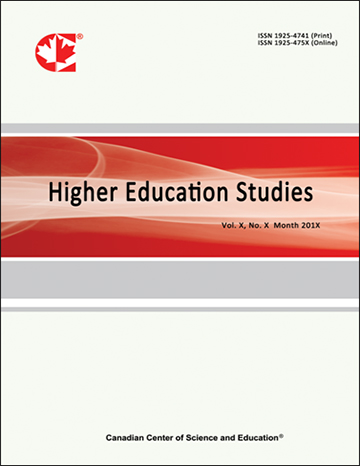Comparing the Self-regulation of Grade 9th Students with Different Personalities and Studying in Schools of Different Sizes
- Songsak Phusee-orn
- Sasipat Pongteerawut
Abstract
The objective of this research is to study and compare the self-regulation of grade 9th students with different personality types and who study in schools of different sizes. The sample group used in this study consisted of 860 students from Sisaket province, Thailand, who were randomly selected through a multi-stage random sampling method. Of these, 185 students had an extroverted personality type, while 675 had an introverted personality type, and they were studying in special large schools (216 students), large schools (160 students), medium-sized schools (302 students), and small schools (182 students). The research tool used was a self-regulation assessment questionnaire, which is a 5-point Likert scale questionnaire with 9 questions, having an internal consistency (IOC) ranging from 0.60 to 1.00, item total correlation ranging from 0.62 to 0.82, and reliability of 0.93. The data was analyzed using statistical techniques such as mean, standard deviation (S.D.), Two-way ANOVA, and Bonferroni. The research findings revealed that: 1) there was no interaction between personality type and school size in relation to self-regulation, 2) grade 9th students with different personality types (extroverted vs. introverted) showed statistically significant differences in self-regulation, with introverted students having higher levels of self-regulation than extroverted students, and 3) grade 9th students who studied in schools of different sizes (special large, large, medium, and small) showed significant differences in self-regulation.
- Full Text:
 PDF
PDF
- DOI:10.5539/hes.v13n2p106
Index
- AcademicKeys
- CNKI Scholar
- Education Resources Information Center (ERIC)
- Elektronische Zeitschriftenbibliothek (EZB)
- EuroPub Database
- Excellence in Research for Australia (ERA)
- Google Scholar
- InfoBase
- JournalSeek
- Mendeley
- Open Access Journals Search Engine(OAJSE)
- Open policy finder
- Scilit
- Ulrich's
- WorldCat
Contact
- Sherry LinEditorial Assistant
- hes@ccsenet.org
